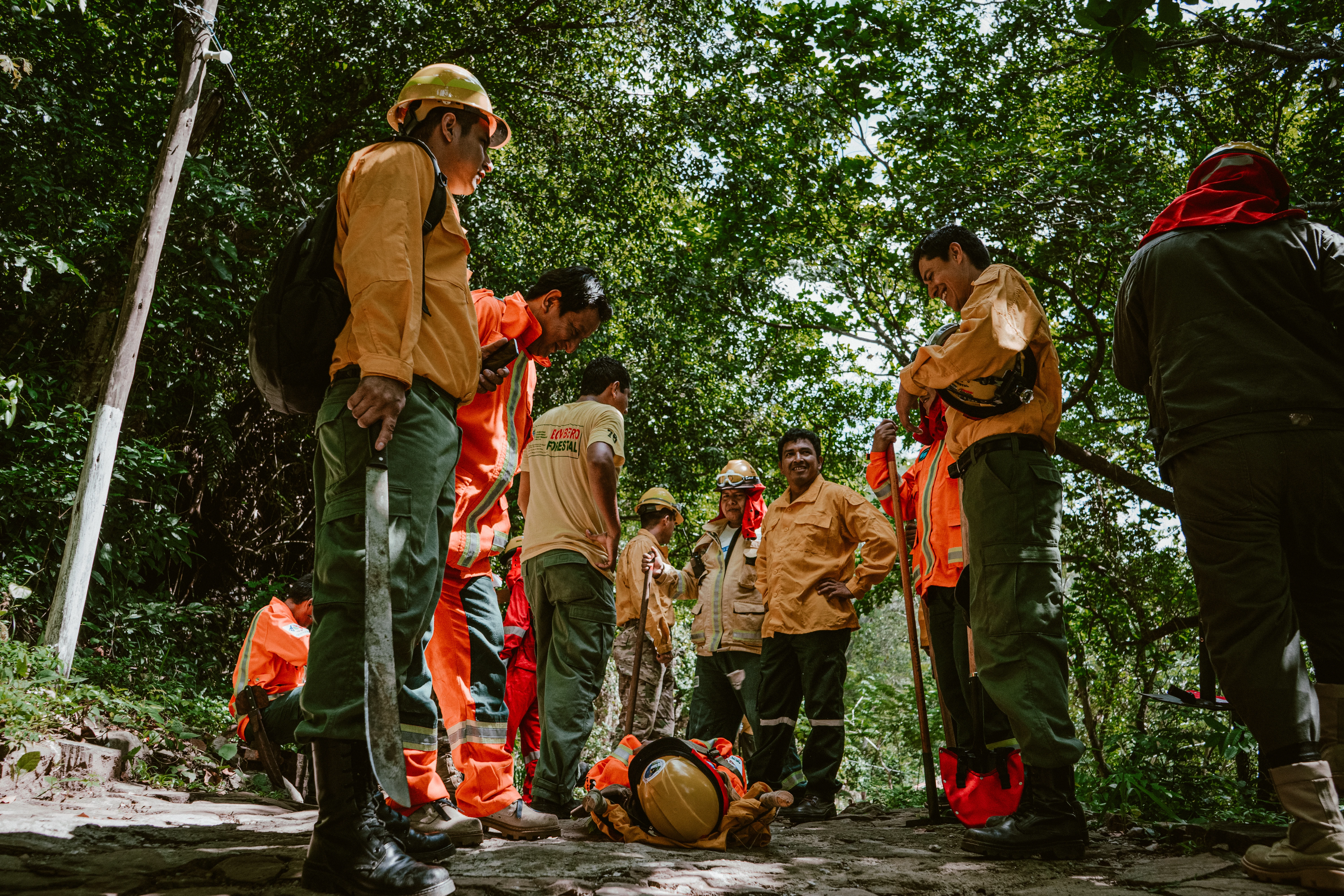How to tackle fires in a landscape getting drier
The devastating forest and grassland fires from last year are still vivid in the memories of the people in Bolivia. A tragedy like this had been unseen before. However, this year the country has been burning again and 2.3 million hectares went up in flames. How can we help the local people in combatting these disasters?
Last year December, the Friends of Nature Foundation (FAN) and WWF Bolivia organised the first field workshop to exchange experiences and basic techniques in forest fire fighting. The training was designed for organisations who work in protected areas in the Pantanal Chaco (PaCha) region, as well as first response brigades. Also local partners joined such as the Bolivian Society of Environmental Law (SBDA) and the subnational government of Santa Cruz.
The video below shows the reality of forest fires, made for International Firefighter’s Day
Technical assistance
The participants were trained in how to deal with burning land and forest. They also learned about the use of techniques and tools for deforestation and fire monitoring, using GIS tools and Android applications. Indigenous governments received technical assistance in how to gather information and reports on fires and hotspots. For example, forest-fires sources in communities located within the area of Roboré were identified.
With these fire response crews, the Tucabaca Protected Area and Roboré Municipality strengthened their capacities on risk reduction and pressures caused by forest fires. This way they will be better prepared for the upcoming fire season.

Increase resilience to climate change
The training is not only a response to fires but also a measure to increase the resilience to climate change. In these regions in Bolivia, the effects of climate change are felt already, especially after the droughts and heavy forest fires of 2019. Temperatures are rising and rainfall is decreasing. The dry season is becoming longer and more extreme. Many normally moist areas are so dehydrated that dry organic matter becomes fuel for the fires, and often there is not enough water to extinguish the flames. Combined with high temperatures and strong winds this contributes to an increasingly high risk for heavy fires.
Related articles
Securing rights in landscapes
Female leadership: stories of change
About SRJS
With SRJS, we support and strengthen local NGOs and civil society organisations in 16 countries, so that we can safeguard water supply, climate resilience and food security together with governments and companies. We also ensure that these organisations work together to become stronger.

